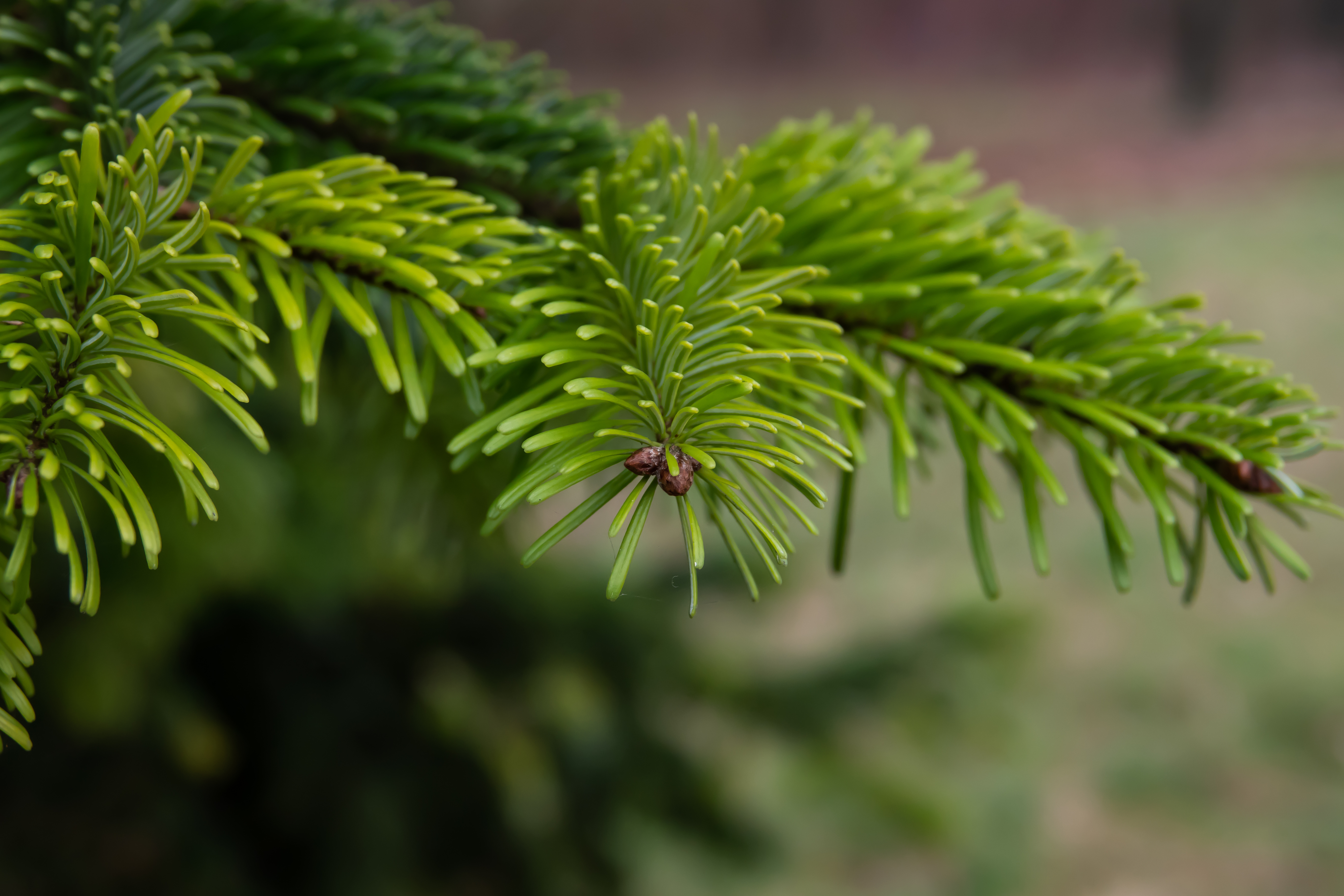Cilician fir
(Abies cilicica)

Description
Abies cilicica, also known as Cilician fir or Taurus fir, is a species of conifer in the family Pinaceae. It is found in Lebanon, Syria, and Turkey. Abies cilicica and Cedrus libani, together with Acer hyrcanum subsp. tauricolum and Sorbus torminalis subsp. orientalis, are the predominant trees in the phytocoenosis Abeti-Cedrion, a type of forest of the middle and eastern Taurus Mountains of Turkey. These forests occur between 800 and 2,100 meters elevation. Over 5,000 years of logging, burning, and grazing have reduced these forests to enclaves. In 2009 at Berenice Troglodytica, the Egypto-Roman port on the Red Sea, archaeologists found: "two blocks of resin from the Syrian fir tree (Abies cilicica), one weighing about 190 g and the other about 339 g, recovered from 1st-century AD contexts in one of the harbour trenches. Produced in areas of greater Syria and Asia Minor, this resin and its oil derivative were used in mummification, as an antiseptic, a diuretic, to treat wrinkles, extract worms and promote hair growth. Firs (Abies) are a genus of 48–56 species of evergreen coniferous trees in the family Pinaceae. They are found through much of North and Central America, Europe, Asia, and North Africa, occurring in mountains over most of the range. Firs are most closely related to the genus Cedrus (cedar). Douglas firs are not true firs, being of the genus Pseudotsuga. The genus name is derived from the Latin "to rise" as a reference to their height. The common English name originates with the Old Norse, fyri, or the Old Danish, fyr. They are large trees, reaching heights of 10–80 m (33–262 ft) tall with trunk diameters of 0.5–4 m (1 ft 8 in – 13 ft 1 in) when mature. Firs can be distinguished from other members of the pine family by the way in which their needle-like leaves are attached singly to the branches with a base resembling a suction cup, and by their cones, which, like those of true cedars (Cedrus), stand upright on the branches like candles and disintegrate at maturity. Identification of the different species is based on the size and arrangement of the leaves, the size and shape of the cones, and whether the bract scales of the cones are long and exserted, or short and hidden inside the cone. Firs can be distinguished from other members of the pine family by the unique attachment of their needle-like leaves to the twig by a base that resembles a small suction cup.
Taxonomic tree:







